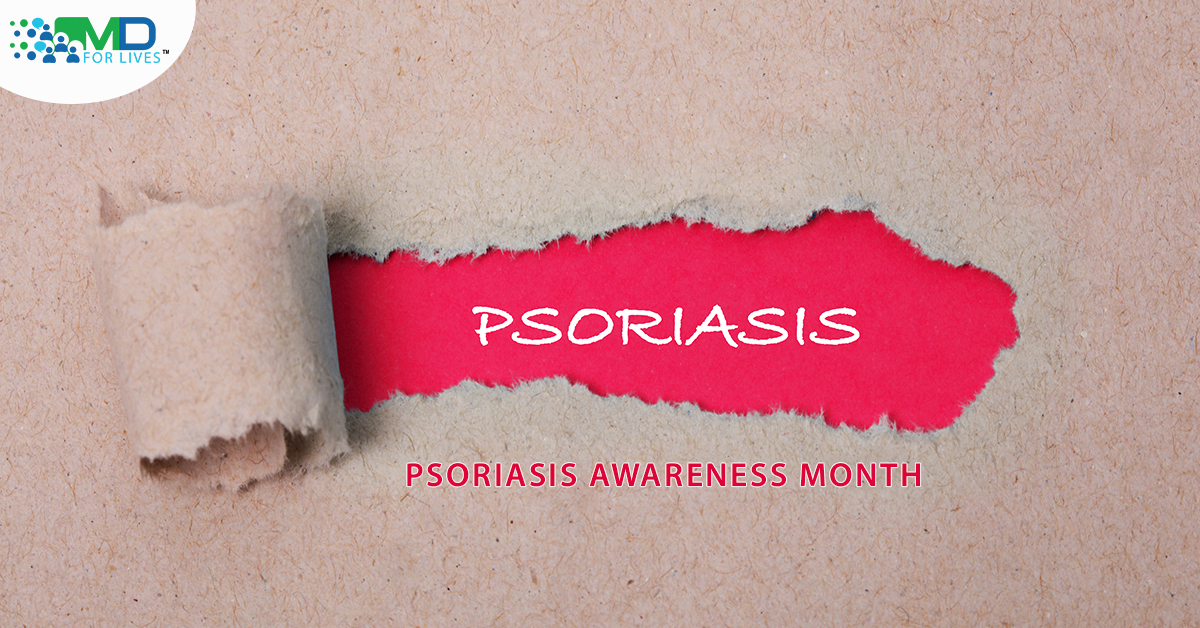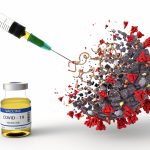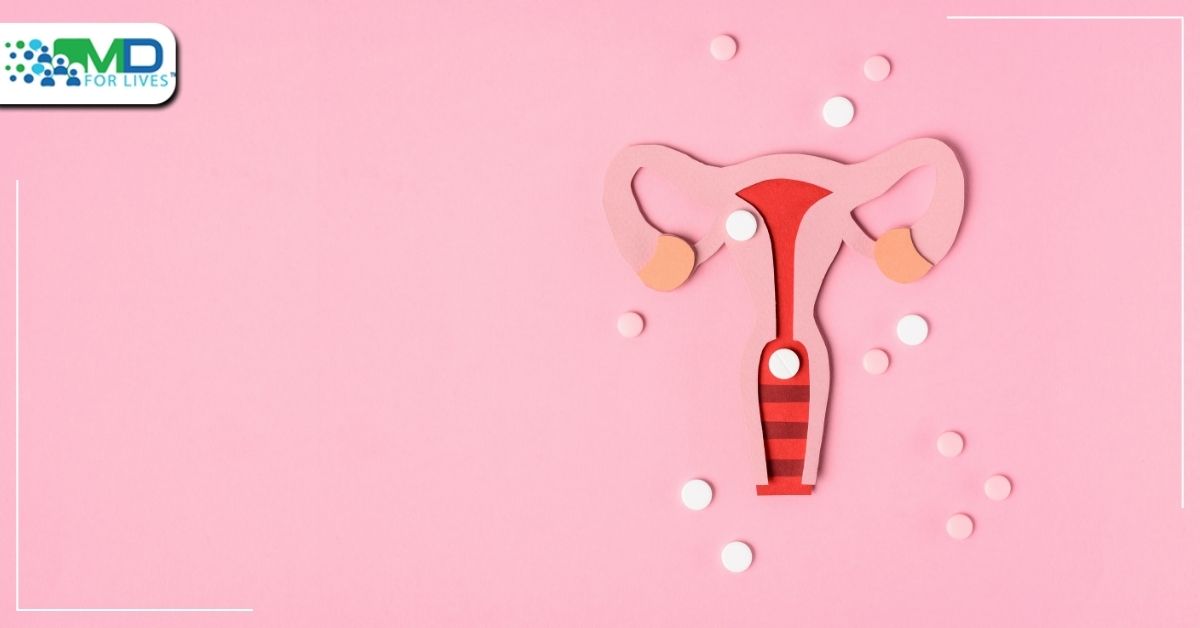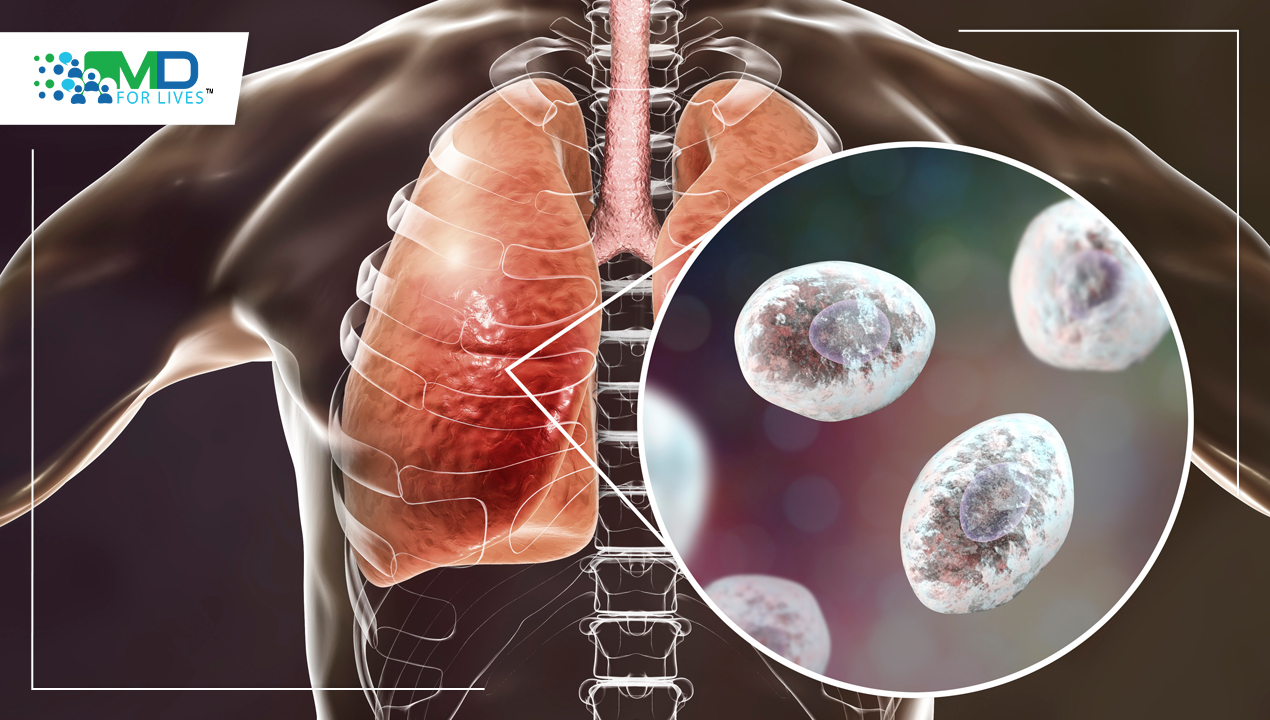A person skin is one of the first, if not the first, aspect that anyone can see. Hence, there are a lot of people who are conscious of their complexion more than the rest of their body. It only shows that there are a lot of probably skin problems out there. There is a common disorder that a lot of people around the globe can suffer. Anyone can have it, either male or female, adult or children. Since its monitoring began, it became more common than it was 30 years ago. Its prevalence in the United States is 2% while in Europe is 2%-6.5% with the highest prevalence in Russia-11.8%. Asia, Australia, Africa and South America have a very low to absent reported cases. This varies from region to region and most likely have high occurrence in the Polar region than in the tropics. This skin order has a skin manifestation of flaky, red patches with silvery scales, scaling spots, sometimes itchy or comes with a burning feeling, with swollen and stiff joints and thickened or rigged nails. This is what is known as “psoriasis.”
What is Psoriasis?
Psoriasis is an immune-mediated disorder that may cause inflammation throughout the body. Being an immune-mediated disease means that it’s a sickness with an unknown cause and a dysfunctional immune system. [7] In a healthy state, the skin cells are produced and replaced every three to four weeks. For Psoriasis, this process is accelerated to three to seven days only.
Symptoms
The skin in normal basis tends to shed off. However, this is not the case with Psoriasis. It manifests as pilling up of the skin and texture of what can be described as similar to scales. But it does not only present this way; the presentation varies from one person to another. There are several types of Psoriasis listed below.
Psoriasis Types
- Plaque psoriasis: The most common type of Psoriasis. It has the characteristic of dry, sharply-circumscribed or round to oval, raised, red skin in the sizes of less than 1cm up to 2-5 cm or coin-sized. It manifests with itchiness and silvery scales, frequently seen in the scalp and behind the ear area.
- Nail psoriasis: It can be seen more often in fingernails than in toenails. The nails are loosely attached to the nail bed or also known as onycholysis with an orange-yellow discolouration of nails.
- Guttate Psoriasis. A type of Psoriasis that predominantly affects children and young adults. It presents with numerous small lesions with the size of a droplet (2-10mm). Mostly seen in the truncal area and often at the head and limbs. It is caused by streptococcal infection.
- Inverse Psoriasis: Also known as Intertriginous Psoriasis. This type of Psoriasis can be found in the skin folds of the genitals area, breasts, and buttocks. It presents as smooth red patches that worsen with friction and sweating. This is due to a fungal infection.
- Pustular Psoriasis: Rarest form psoriasis of all. It has a defined lesion with non-infectious pus. It can be seen in small areas such as palms, fingertips and soles of feet. There is no recurrence after its first episode.
- Psoriatic arthritis: This Psoriasis has a manifestation of swollen, painful joints just like a typical or common arthritis. Usually, the only presenting symptom is the swelling of joints and followed by nail changes. One long term sequela is permanent joint damage.
- Erythrodermic Psoriasis: A total/whole or subtotal/half of the entire skin is involved. The body is covered by a red peeling rash accompanied by an intensely itchy or burning sensation.
More than the Surface
Psoriasis affects the skin or, more or less, the superficial parts of the body. However, this disease affects the person psychologically rather than physically.The low self-esteem of the person because of the stigma from his surroundings makes one more vulnerable to depression and to commit suicide compared to any common ailments such as people with hypertension or pneumonia. Therefore, it has a very significant impact on a person’s quality of life.
When to Consult Doctor?
When should one suspect if they have Psoriasis and when should they see a doctor for treatment? The following are enough for early diagnosis and treatment:
- pain and discomfort
- severity and widespread
- joint swelling or pain
- psychological concerns.
Never be Late for Psoriasis Treatment
Early treatment of Psoriasis equates to a good prognosis. The following are the treatment methods for Psoriasis:
- steroids and creams
- vitamin D analogues (calcitriols)
- coal tar
- methotrexate
- ciclosporin and phototherapy [UV-B and Psoralen plus Ultraviolet A (PUVA)].
Psoriasis is neither infectious nor contagious. It cannot be transferred by a mere touching or hugging a person with such a disease. A show of respect and being open-minded when seeing a person with Psoriasis makes a huge difference. You will never know how much happiness a simple smile can make their self-esteem boost.
Read about






